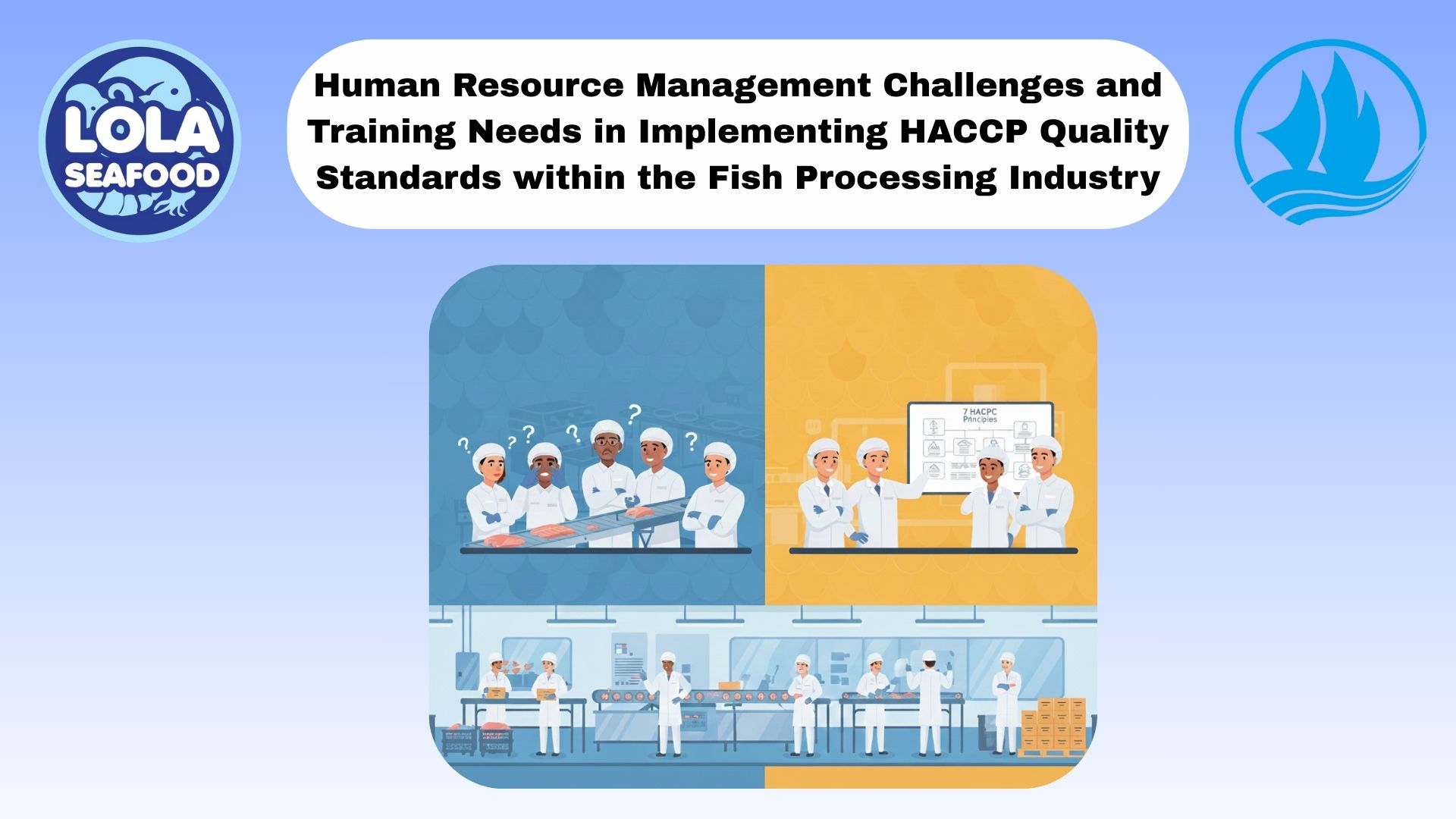How Water Conditions Determine the Quality of Seafood
By. Lutfi - 19 Sep 2025.jpg)
Keloalaut.com The quality of seafood begins long before it reaches the processing plant or the consumer’s plate. It starts in the water where fish, crustaceans, and shellfish live and grow. Water quality is one of the most critical factors influencing the health, safety, and overall quality of seafood. Whether sourced from wild capture fisheries or aquaculture systems, the condition of the aquatic environment directly impacts flavor, texture, appearance, and even the safety of the final product. Understanding how water conditions shape seafood quality is essential for fisheries managers, aquaculture producers, and food safety regulators.
Water Quality and Seafood Health
The physical, chemical, and biological characteristics of water play a vital role in the well-being of aquatic organisms. Clean, oxygen-rich, and balanced water supports healthy growth and reduces stress, leading to better yield and quality. On the other hand, polluted or imbalanced waters can weaken fish immune systems, slow growth rates, and increase susceptibility to disease. In wild fisheries, water pollution from agricultural runoff, industrial discharge, and urban waste can introduce harmful substances such as heavy metals, pesticides, and pathogens into the ecosystem. In aquaculture, poor water management can result in overcrowding, accumulation of waste, and oxygen depletion—factors that reduce product quality and may cause mass mortality.
Key Water Parameters Affecting Seafood Quality
Several water parameters must be closely monitored to ensure high-quality seafood:
- Dissolved Oxygen (DO): Oxygen is essential for the survival of fish and shellfish. Low oxygen levels lead to stress, reduced feeding, and slower growth. Seafood from oxygen-deficient waters may have pale flesh, off-flavors, and reduced shelf life.
- Temperature: Water temperature influences metabolism and growth rates. Extreme temperatures can cause stress or mortality. Consistent and optimal temperature ranges are necessary to maintain good muscle texture and high survival rates.
- pH and Alkalinity: The pH of water affects physiological processes in fish. Highly acidic or alkaline water can damage gills, reduce feed efficiency, and affect overall health. Ideal pH levels help fish maintain strong immune systems and produce high-quality flesh.
- Salinity: Many seafood species are adapted to specific salinity ranges. Deviations can cause osmotic stress, reducing growth rates and impacting product flavor and texture.
- Nutrient Levels: Excessive nutrients, such as nitrogen and phosphorus, can lead to algal blooms, which deplete oxygen and release toxins harmful to marine life. These conditions can compromise seafood safety and increase the risk of harmful algal bloom-related illnesses in humans.
- Contaminants and Pathogens: Clean water is free from chemical contaminants and harmful microorganisms. Polluted waters may introduce heavy metals (like mercury), bacteria (such as Vibrio spp.), or parasites, posing health risks to consumers.
Impact on Sensory Quality
Water quality has a direct influence on the sensory attributes of seafood—its taste, smell, and appearance. For example, fish raised in clean, well-oxygenated water typically have firm, bright flesh with a pleasant aroma. In contrast, fish from polluted or stagnant water may have muddy or off-flavors, soft texture, and unattractive coloration, which negatively affect consumer perception and market value.
Ensuring Optimal Water Conditions
For aquaculture operations, maintaining optimal water conditions is a daily responsibility. Regular monitoring of water parameters, proper aeration, waste management, and biosecurity measures help sustain a healthy aquatic environment. Technologies such as automatic oxygen sensors, filtration systems, and water exchange programs are used to maintain balance and prevent stress on cultured species. For wild fisheries, protecting water quality requires collective action. Governments and environmental agencies must regulate pollution, enforce wastewater treatment standards, and monitor water bodies for contaminants. Sustainable fishing practices also help protect aquatic habitats and maintain the natural balance of ecosystems.
Water conditions are a foundational determinant of seafood quality. From oxygen levels and temperature to salinity and contamination, every factor in the aquatic environment shapes the health, safety, and sensory characteristics of fish and shellfish. By prioritizing water quality—through responsible aquaculture practices, strict pollution control, and regular monitoring—stakeholders can ensure that seafood remains safe, nutritious, and appealing to consumers. Ultimately, healthy waters mean healthier seafood, benefiting both producers and the people who enjoy seafood around the world.
If youre interested in our Mahi-Mahi Fillet Skinless please do not hesitate to contact us through email and/or whatsapp
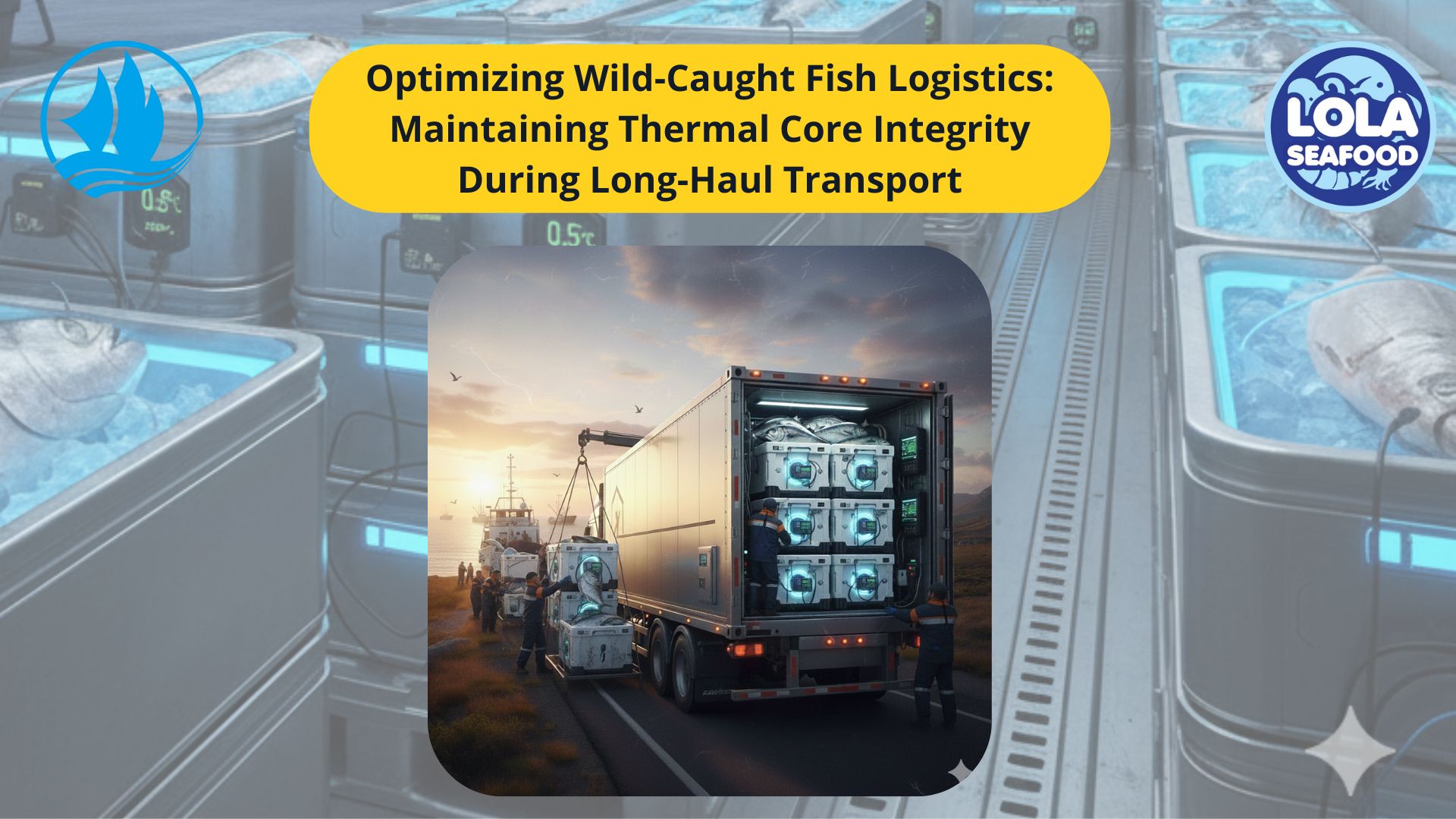
Optimizing Wild-Caught Fish Logistics: Maintaining Thermal Core Integrity During Long-Haul Transport
.jpg)
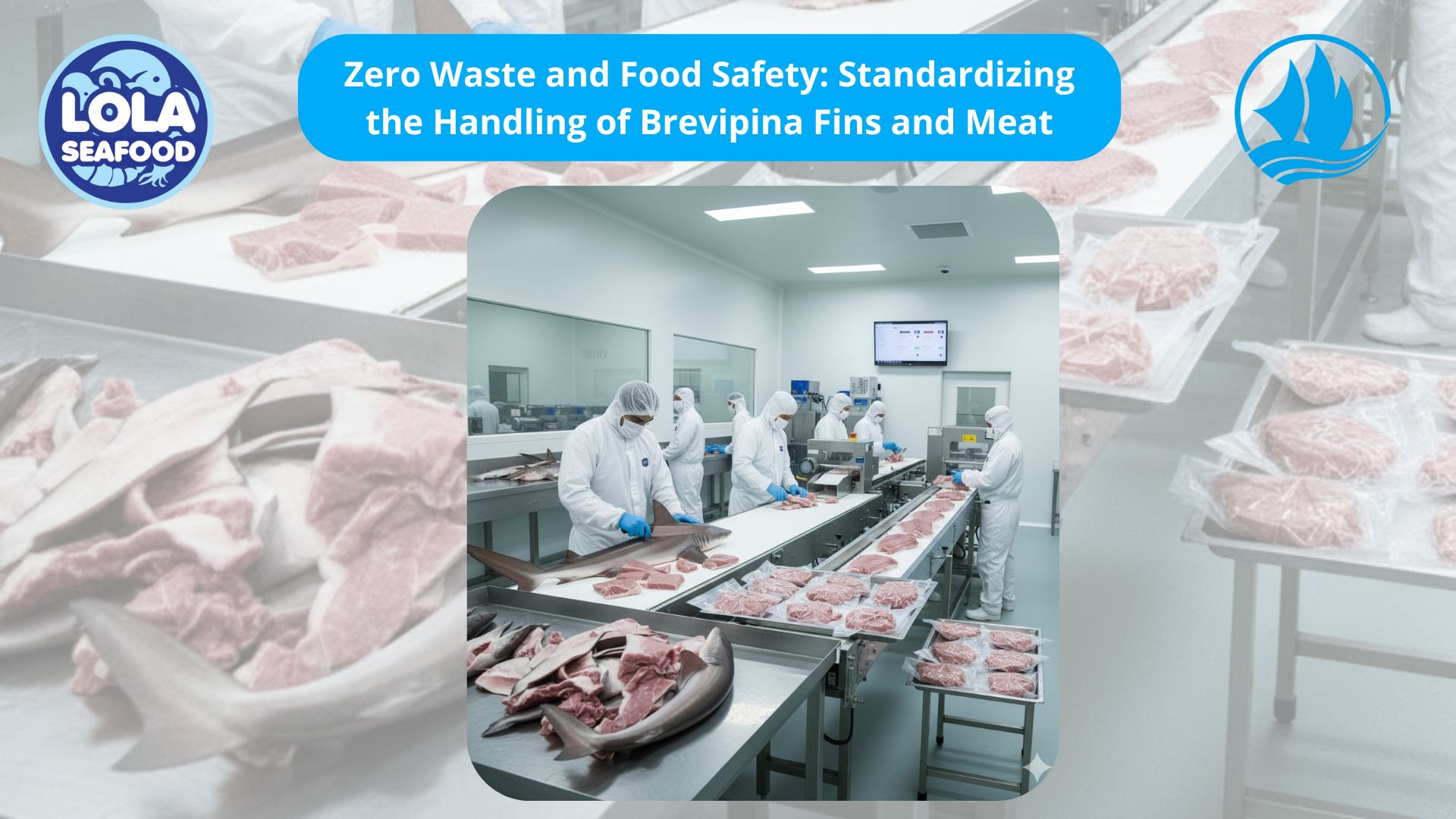
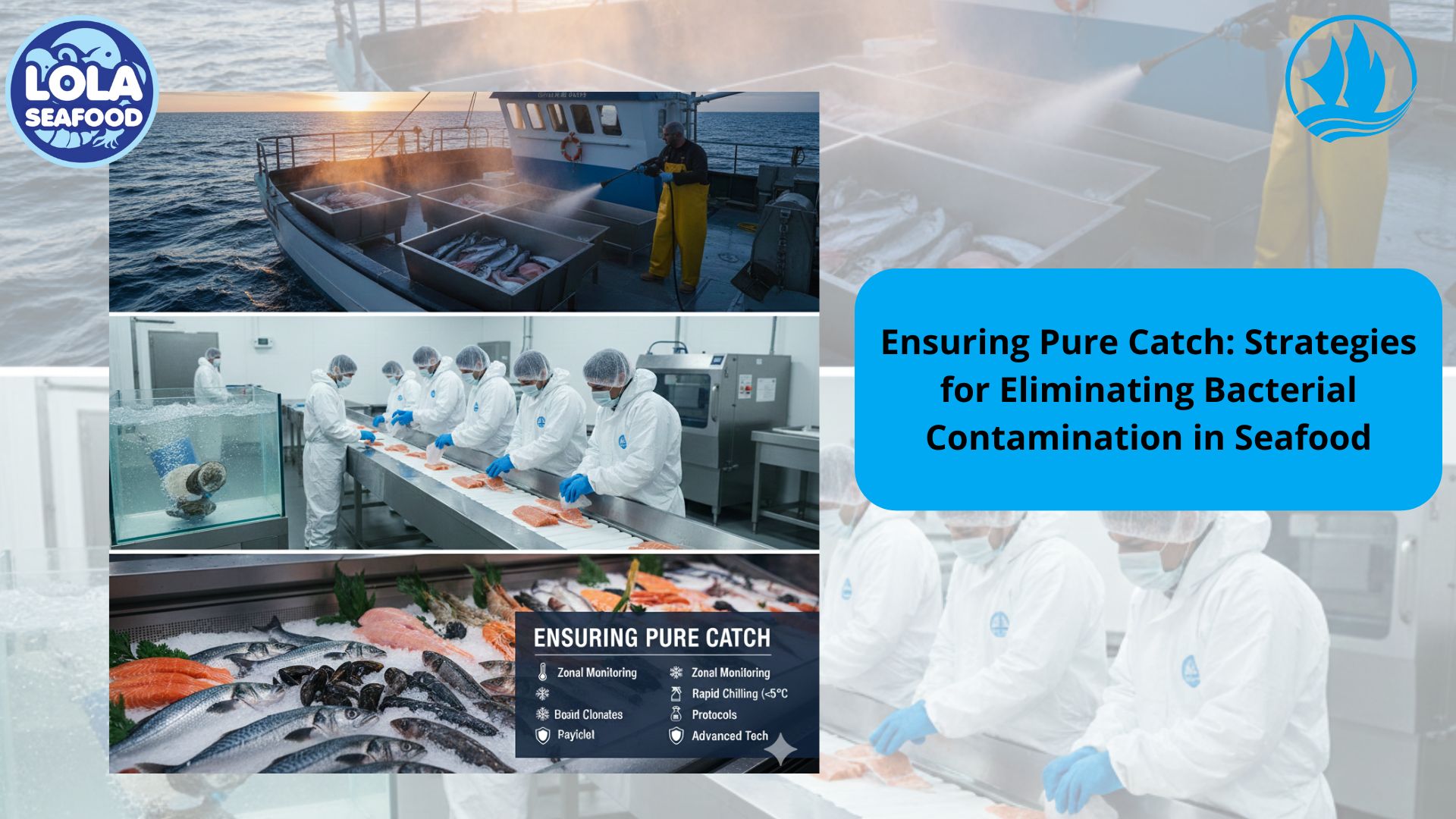
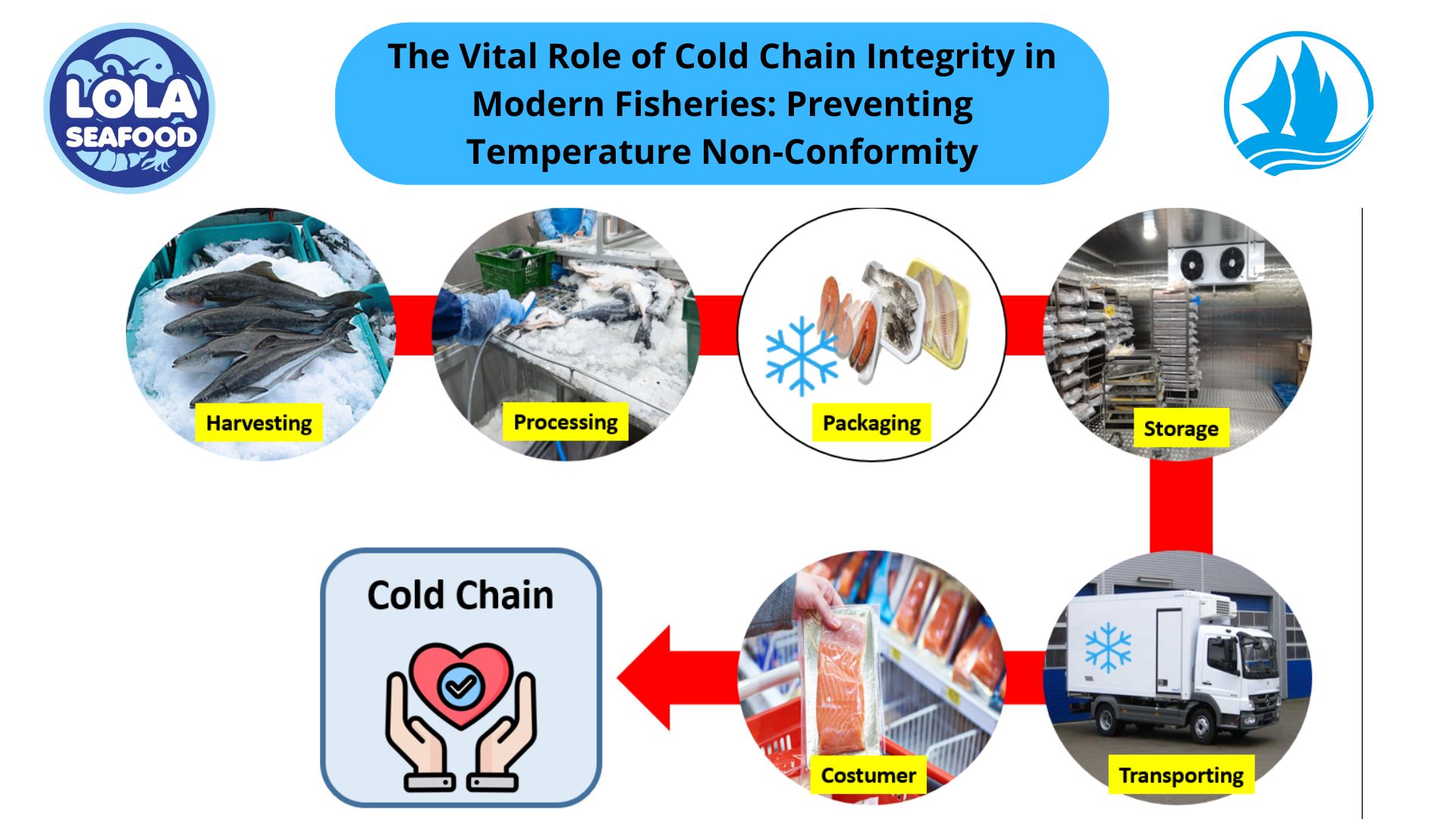
.jpg)
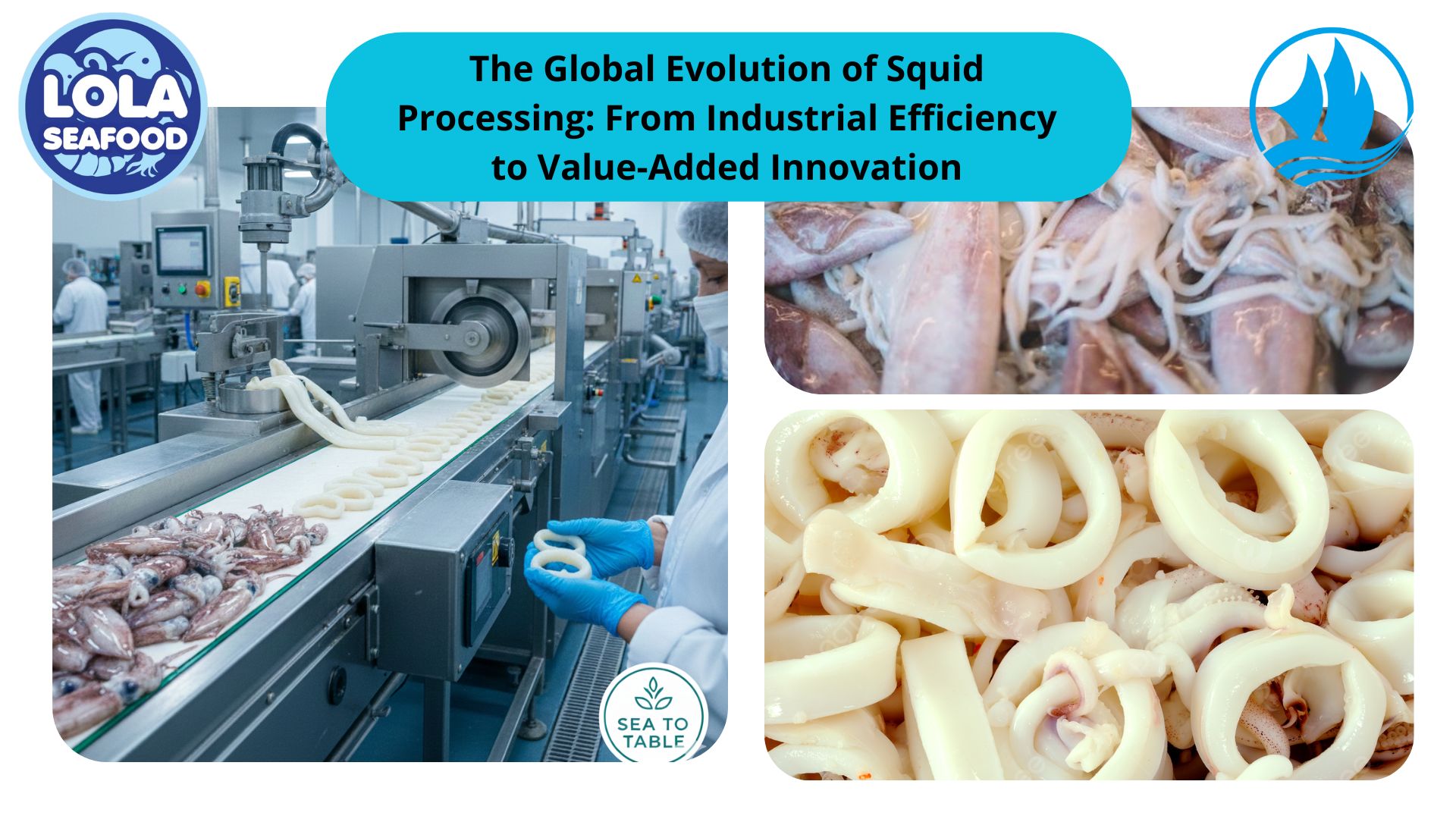
 and Employee Productivity on the Demersal Fish Processing Floor.jpg)
